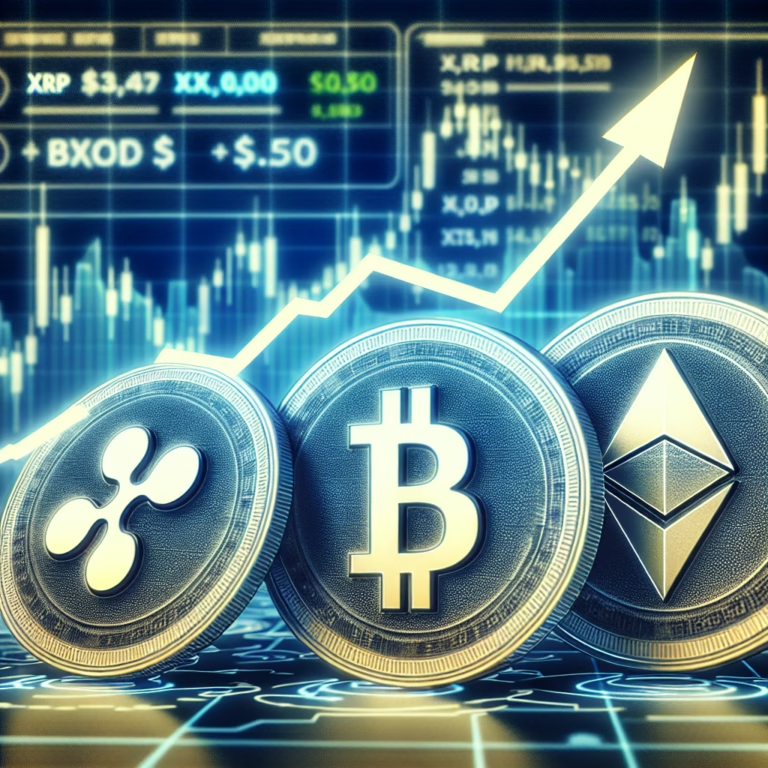
The Terra Luna Classic (LUNC) community is facing a storm of controversy surrounding the disappearance of 200 million USTC, a stablecoin previously known as UST. This missing sum, valued at roughly $8 million, has cast a shadow over a project already struggling to regain its footing after a devastating collapse earlier this year.
The accusations point towards Karak Network, a project backed by prominent cryptocurrency investment firms Coinbase and Pantera Capital. Terra Luna Classic developer RedlineDrifter ignited the debate by questioning Karak Network’s involvement with the missing funds, which allegedly belong to the Terra Classic community.
RedlineDrifter specifically directed his concerns towards Karak Network co-founder Raouf Ben-Har, suggesting the missing funds originated from Ben-Har’s time leading Risk Harbor, a team now known as Andalusia Labs. The accusation centers on the possibility that Risk Harbor used administrative privileges to withdraw the 200 million UST (now USTC).
Seeking clarity, a member of the Terra Classic community directly addressed the issue during a BNB Chain X space, a forum where representatives from Karak Network, Lista DAO, and Listapie discussed the missing USTC.
Karak Network has vehemently denied any wrongdoing. Their Chief Security Officer, Victor Cheng, has stated that the foundation sold the USTC, originally provided by Terra (now dissolved), at a significant loss after its value plummeted. Cheng maintains that this financial decision is the sole reason behind the missing funds and that no user assets were ever compromised.
Despite the controversy, the Terra Classic community remains active. They have already burned around 800 million USTC, a move intended to reduce the circulating supply and potentially increase the value of the remaining tokens. As of now, the price of both LUNC and USTC remains relatively stable, although trading volume has decreased.
The community, however, remains optimistic about a potential price recovery in July due to the implementation of the Binance LUNC burn program and the Tax2Gas mechanism, both designed to further decrease the circulating supply.
This situation serves as a stark reminder of the importance of transparency and clear communication within the cryptocurrency space. While the accusations against Karak Network are yet to be proven, fostering open dialogue between project teams and their communities is essential for building trust and maintaining stability.
The coming weeks will be crucial as the fate of the missing USTC unfolds. In the meantime, the Terra Classic community’s efforts to control the supply and upcoming burn mechanisms could potentially influence the future trajectory of LUNC’s price.






